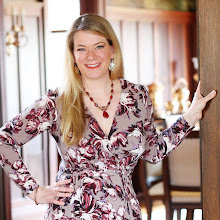At the Plant Diagnostic Clinic you may...
- Bring a sample of a plant or weed for identification
- Bring a sample of a damaged plant for diagnosis of common insects or disease problems
- Receive recommendations on how to culturally control pests and weeds
- Discuss problems on lawns, trees, flowers, fruits, vegetables, or pests with the University of Minnesota Extension Dakota County Master Gardeners
All clinics are held from 6:00 - 8:00 p.m.
Clinic dates and locations
Tuesday, August 4 - UMore Park, 1605 West 160th Street, Rosemount
Tuesday, August 11 - UMore Park,1605 West 160th Street, Rosemount
Tuesday, August 18 - UMore Park, 1605 West 160th Street, Rosemount
Thursday, August 20* - Umore Park (Open House), 1605 West 160th Street, Rosemount
*Please bring your sample to the clinic at least 30 minutes before closing time*
Fleshy plant parts - (bulbs, fruits and roots) - Wrap specimens in clean, absorbent materials (like paper towels) to absorb all leaks.
Flowers and vegetables - Include the entire plant, the root system, and the surrounding soil (often what appears to be a leaf problem is really a root-related problem). Enclose the roots in a plastic bag and keep the soil from touching the leaves. Include enough of the plant to show all stages of the disease or problem. When possible, bring several whole plants. Bring notes on the pattern of the symptoms over your whole garden.
Foliar disease - Include enough plant material to show all stages of the disease, from healthy to very sick. Submit only freshly collected materials. Note the overall disease pattern on the plant. Are all the leaves affected, or just the lower branches?
Turf samples - Turf samples are discouraged, as it is difficult to diagnose turf problems from samples. If you wish to bring one, though, please bring a turf section measuring 6" x 6" with the roots, from each of these areas: the sick turf, the turf on the edge of the sick area, and the healthy turf .
Woody trees and shrubs - Collect an infected branch sample, a moderately infected branch, and a healthy branch. Please do not bring completely dead branches
Insect samples - If possible, bring several insect samples. Include a plant sample showing insect damage. Preserve soft-bodied insects in rubbing alcohol.





